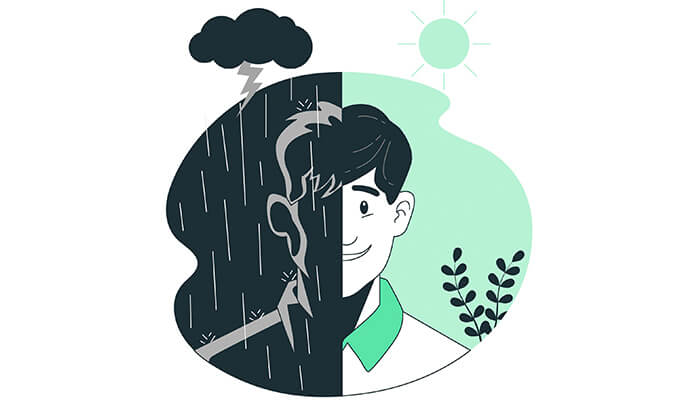Most of our habits, both emotional and social are developed at an adolescent age. These include sleeping patterns, problem-solving ability, communication, and other interpersonal skills.
Surroundings play a crucial role in the overall development of adolescents. A supportive environment at school, home, and society is extremely important for our healthy mental health.
“According to WHO, around 10-12% of adolescents around the globe are experiencing one or the other mental health issues”.
Living conditions, discrimination, lack of quality services, and support are some of the factors that put young children (adolescents) at greater risk of mental health illness. It includes children living in fragile and humanitarian conditions, has a chronic illness, intellectual disability, pregnant adolescents, etc.
According to WHO’s report on “Mental health disorders in youth”
- One in every 6 people is in the age group of 10-19 years.
- Metal health comprises 16% of the global burden of diseases.
- By 14 years of age, most of the mental conditions start developing but remain undetected.
- Suicide is the third leading factor of death among children aged 15-19 years.
- Among adolescents, depression is observed as a leading cause of illness & disability.
7 Common Mental health disorders in youth:
Emotional disorders

Emotional disorders normally arise during adolescent age. Notwithstanding depression or nervousness, youths with emotional issues can likewise encounter extreme irritability, dissatisfaction, or outrage. Side effects can cover across more than one emotional issue with quick and sudden changes in the state of mind.
Many teenagers may create emotion-related manifestations, for example, stomach ache, migraine, or dizziness.
All across the world, depression is the fourth main reason for disease and inability among youth aged 15-19 years and fifteenth for those aged 10-14 years. Nervousness is the ninth driving reason for youth aged 15-19 years and 6th for those aged 10-14 years.
Emotional issues can significantly influence areas like homework and school participation. Withdrawing from social life can worse loneliness and dejection. At its worst, it can lead to the death of the individual.
Childhood behavioral disorders
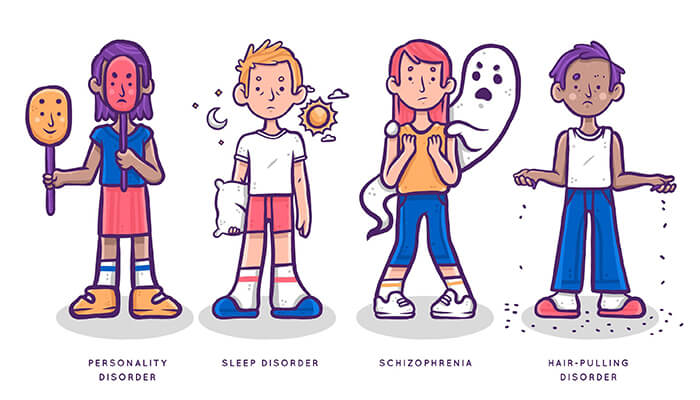
Childhood behavioral problems are the subsequent reason for causing trouble in children aged 10-14 years and the eleventh driving reason among more seasoned young teenagers aged 15-19 years.
These problems incorporate shortage hyperactivity issue (portrayed by trouble focusing, unreasonable action, and acting regardless of outcomes, which are generally not suitable for an individual’s age), and conduct issue (with manifestations of destructive or testing behavior).
Childhood behavioral problems can influence young people’s schooling and may bring about criminal conduct.
Eating disorders
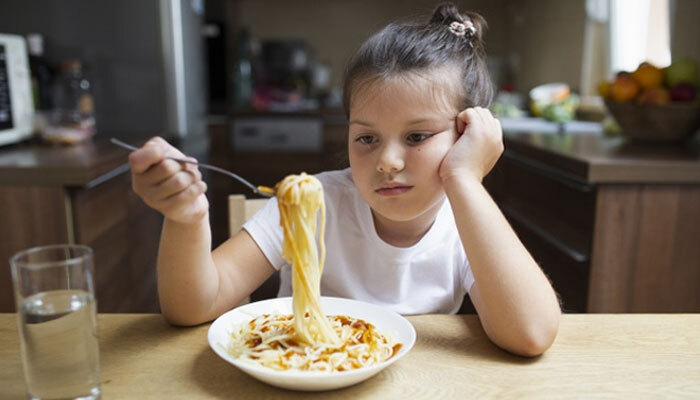
Eating disorders usually arise during puberty and young adulthood. Dietary issues influence females more usually than males. Conditions, for example, anorexia nervosa, bulimia nervosa, and binge eating are described as unsafe eating practices.
Dietary issues are harmful to health and frequently coincide with anxiety, tension, and additionally substance abuse.
Psychosis

Conditions that incorporate indications of psychosis most regularly arise in late adolescence or early adulthood. Symptoms can incorporate hallucinations or daydreams.
These encounters can disable a juvenile’s capacity to take interest in day to day life and frequently lead to shame or common human right infringement.
Suicide and self-harm
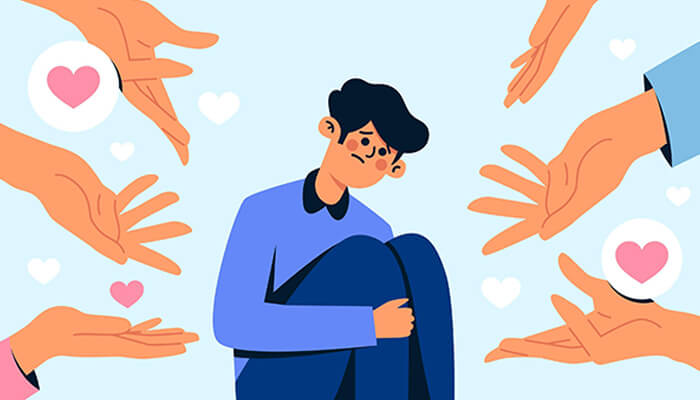 Around 62,000 teenagers died in 2016 because of suicide. It is the third driving reason for death in more seasoned youth (15-19 years). Almost 90% of the world’s youth live in low or mid paying nations and over 90% of young adult suicides are among teenagers living in those nations.
Around 62,000 teenagers died in 2016 because of suicide. It is the third driving reason for death in more seasoned youth (15-19 years). Almost 90% of the world’s youth live in low or mid paying nations and over 90% of young adult suicides are among teenagers living in those nations.
Risk factors for self-destruction are multifaceted, including unsafe utilization of liquor, maltreatment at a very young age, disgrace against help-seeking, obstructions to get care. Correspondence through Social media about self-destructive conduct is an arising worry for this age group.
Risk-taking behaviors
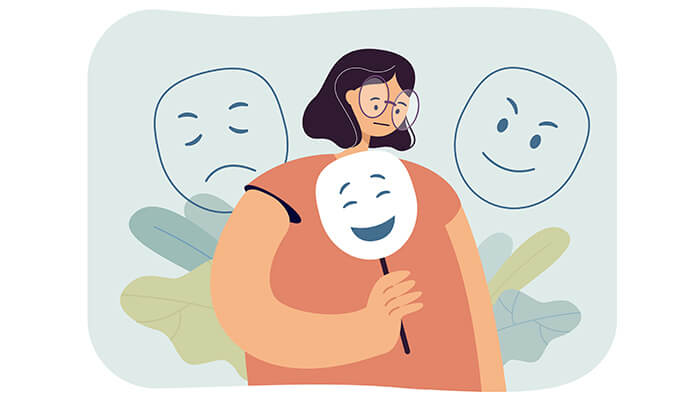
Many risk-taking practices for well being, such as substance use or sexual risk-taking, begin during youth. Risk-taking practices can be a pointless methodology to adapt to poor psychological health and can also seriously affect a young adult’s psychological and physical prosperity.
Around the world, the number of subsequent heavy drinkers among teenagers aged 15-19 years was 13.6% in 2016, with guys most in danger.
The utilization of tobacco and cannabis are extra concerns. Cannabis is the most broadly used medication among youngsters with about 4.7% of 15-16-years-old utilizing it in any event once in 2019. Numerous grown-up smokers have smoked their first cigarette before turning 18.
Early detection and treatment
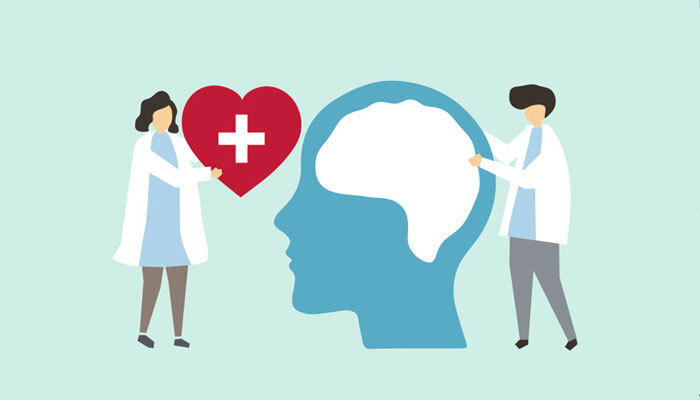
It is vital to address the requirements of young people with characterized psychological wellness conditions. Avoiding over-medicalization, organizing non-pharmacological approaches, and regarding the privileges of kids in accordance with the United Nations Convention on the Rights of the Child and other common liberties instruments are key for youth development.
WHO’s mental health Gap Action Program (mhGAP) gives proof-based rules to non-experts to empower them to more readily distinguish and uphold emotional wellness conditions in lower-resourced settings.
Conclusion
Mental health disorders in youth are increasing at an alarming rate and pose a serious threat to every nation. Therefore it becomes essential for every one of us to be aware of our surroundings and lookout for people who need help.
Detecting such issues at early stages is crucial and curable, however, failure in doing so can show dreadful results.

